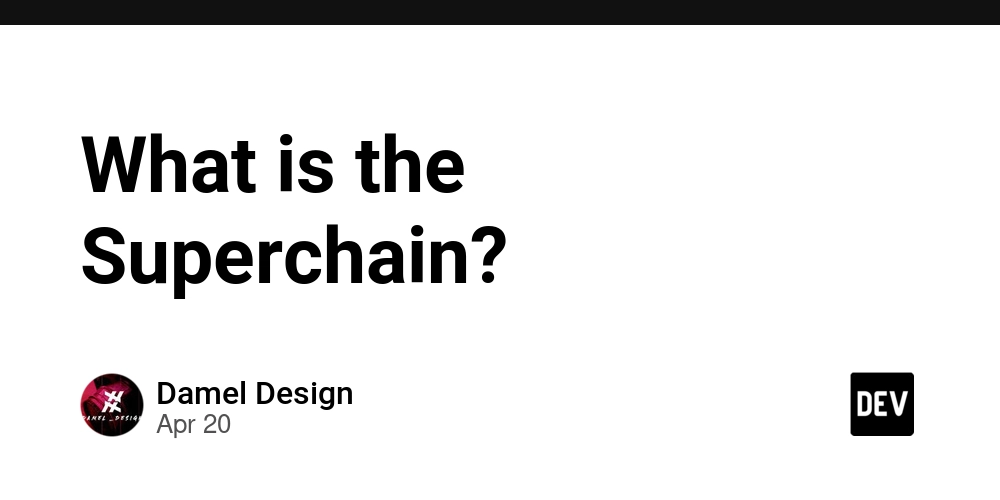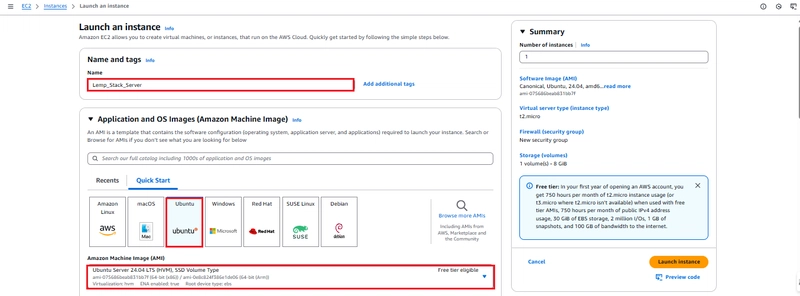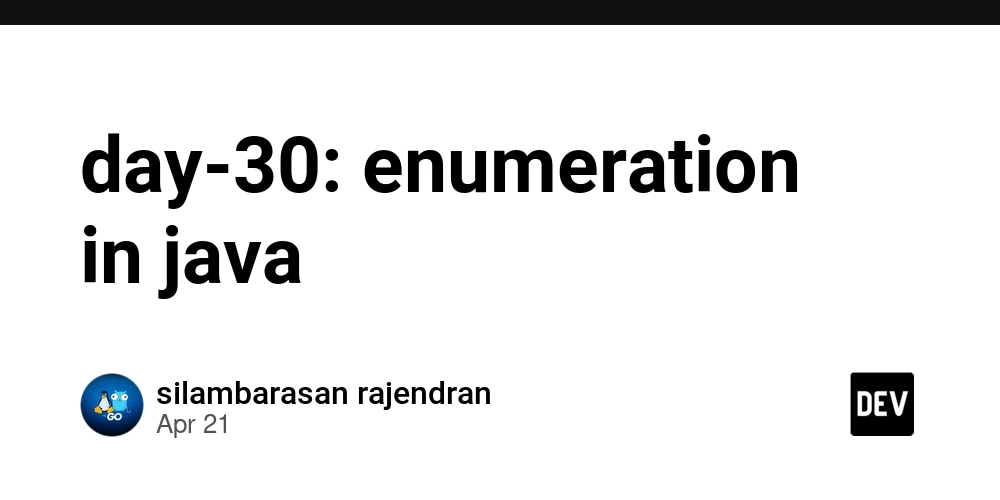What is the Superchain?
What is the Superchain? The Superchain is a new way to scale Ethereum by connecting many smaller blockchains—called OP Chains—into a single, unified network. Think of Ethereum as a busy highway. When there’s too much traffic, everything slows down. The Superchain turns this single highway into a whole network of superhighways, so cars (transactions) can move faster and more smoothly. Each OP Chain is like its own lane, but all lanes work together, share the same rules, and are just as secure as the main Ethereum network. This makes it possible for thousands or even millions of people to use Ethereum at the same time, without the network getting clogged. Why Was the Superchain Created? Traditional blockchains like Ethereum have two big problems when they try to scale: Security risks: Each new chain might have its own security system, making the whole network less safe. Complexity: Setting up new chains is hard and expensive, and they don’t always work well together. The Superchain solves these problems by making sure all OP Chains: Use the same security model as Ethereum. Follow the same standards, so they can communicate easily. Are easy and cheap to create and connect. How Does the Superchain Work? At the heart of the Superchain is something called the OP Stack. This is a set of open-source tools that anyone can use to build their own OP Chain. All OP Chains built with the OP Stack are automatically part of the Superchain. Key Features of the Superchain Feature What It Means Shared Security All OP Chains are protected by Ethereum’s security. Interoperability Chains can easily talk to each other and share data. Standardization Tools and wallets work the same way on every chain. Scalability Many chains can run in parallel, handling more transactions at once. Easy Deployment Developers can launch new OP Chains quickly and cheaply. Secure Cross-Chain Transactions Users can safely move assets and data between chains. What Are the Benefits? Faster and Cheaper Transactions: With more chains, there’s less congestion, so transactions are quicker and cost less[1][6]. Better User Experience: Users and developers don’t have to worry about which chain they’re on. Everything feels seamless[2][3]. Mass Adoption: The Superchain makes it possible for millions—even billions—of people to use blockchain apps at the same time, just like how the internet connects billions of devices today[5]. Consistent Security: Because all OP Chains rely on Ethereum’s security, users can trust the system[1][6]. Real-World Example Imagine you’re playing an online game that uses Ethereum. Without the Superchain, if too many people play at once, the game slows down and costs go up. With the Superchain, the game can run on its own OP Chain, but still connect to all the other chains. This means smooth gameplay, low costs, and no waiting in line for your turn. How Does the Superchain Compare to Other Blockchain Networks? Traditional Multi-Chain Superchain Approach Each chain is separate Chains are interconnected Different security Shared Ethereum security Hard to use together Seamless communication Costly to launch Easy and cheap deployment The Future of the Superchain The Superchain is still being developed, but it’s already being used by projects like Optimism and Base (Coinbase’s blockchain). As more OP Chains join, the network will become even more powerful, flexible, and ready for mass adoption[5][6]. Visual Guide Below is a simple diagram to help you visualize the Superchain concept: +--------------------------+ | Ethereum Mainnet | +-----------+--------------+ | +--------+--------+ | Shared Security | +--------+--------+ | +--------+--------+--------+ | | | | +----+ +----+ +----+ +----+ |OP1 | |OP2 | |OP3 | |OP4 | +----+ +----+ +----+ +----+ (Games) (Finance) (NFTs) (Other Apps) Ethereum Mainnet provides the security. OP Chains (OP1, OP2, etc.) are like different lanes or apps, but all are connected and secure. Summary The Superchain is a network of interconnected blockchains (OP Chains) built on Ethereum. It solves Ethereum’s scaling problems by making transactions faster, cheaper, and more secure. Developers and users benefit from a seamless, unified experience. The Superchain is paving the way for the next generation of blockchain applications and mass adoption. In short: The Superchain transforms Ethereum from a single, crowded highway into a network of superhighways—making blockchain technology ready for everyone.

What is the Superchain?
The Superchain is a new way to scale Ethereum by connecting many smaller blockchains—called OP Chains—into a single, unified network. Think of Ethereum as a busy highway. When there’s too much traffic, everything slows down. The Superchain turns this single highway into a whole network of superhighways, so cars (transactions) can move faster and more smoothly.
Each OP Chain is like its own lane, but all lanes work together, share the same rules, and are just as secure as the main Ethereum network. This makes it possible for thousands or even millions of people to use Ethereum at the same time, without the network getting clogged.
Why Was the Superchain Created?
Traditional blockchains like Ethereum have two big problems when they try to scale:
- Security risks: Each new chain might have its own security system, making the whole network less safe.
- Complexity: Setting up new chains is hard and expensive, and they don’t always work well together.
The Superchain solves these problems by making sure all OP Chains:
- Use the same security model as Ethereum.
- Follow the same standards, so they can communicate easily.
- Are easy and cheap to create and connect.
How Does the Superchain Work?
At the heart of the Superchain is something called the OP Stack. This is a set of open-source tools that anyone can use to build their own OP Chain. All OP Chains built with the OP Stack are automatically part of the Superchain.
Key Features of the Superchain
| Feature | What It Means |
|---|---|
| Shared Security | All OP Chains are protected by Ethereum’s security. |
| Interoperability | Chains can easily talk to each other and share data. |
| Standardization | Tools and wallets work the same way on every chain. |
| Scalability | Many chains can run in parallel, handling more transactions at once. |
| Easy Deployment | Developers can launch new OP Chains quickly and cheaply. |
| Secure Cross-Chain Transactions | Users can safely move assets and data between chains. |
What Are the Benefits?
- Faster and Cheaper Transactions: With more chains, there’s less congestion, so transactions are quicker and cost less[1][6].
- Better User Experience: Users and developers don’t have to worry about which chain they’re on. Everything feels seamless[2][3].
- Mass Adoption: The Superchain makes it possible for millions—even billions—of people to use blockchain apps at the same time, just like how the internet connects billions of devices today[5].
- Consistent Security: Because all OP Chains rely on Ethereum’s security, users can trust the system[1][6].
Real-World Example
Imagine you’re playing an online game that uses Ethereum. Without the Superchain, if too many people play at once, the game slows down and costs go up. With the Superchain, the game can run on its own OP Chain, but still connect to all the other chains. This means smooth gameplay, low costs, and no waiting in line for your turn.
How Does the Superchain Compare to Other Blockchain Networks?
| Traditional Multi-Chain | Superchain Approach |
|---|---|
| Each chain is separate | Chains are interconnected |
| Different security | Shared Ethereum security |
| Hard to use together | Seamless communication |
| Costly to launch | Easy and cheap deployment |
The Future of the Superchain
The Superchain is still being developed, but it’s already being used by projects like Optimism and Base (Coinbase’s blockchain). As more OP Chains join, the network will become even more powerful, flexible, and ready for mass adoption[5][6].
Visual Guide
Below is a simple diagram to help you visualize the Superchain concept:
+--------------------------+
| Ethereum Mainnet |
+-----------+--------------+
|
+--------+--------+
| Shared Security |
+--------+--------+
|
+--------+--------+--------+
| | | |
+----+ +----+ +----+ +----+
|OP1 | |OP2 | |OP3 | |OP4 |
+----+ +----+ +----+ +----+
(Games) (Finance) (NFTs) (Other Apps)
- Ethereum Mainnet provides the security.
- OP Chains (OP1, OP2, etc.) are like different lanes or apps, but all are connected and secure.
Summary
- The Superchain is a network of interconnected blockchains (OP Chains) built on Ethereum.
- It solves Ethereum’s scaling problems by making transactions faster, cheaper, and more secure.
- Developers and users benefit from a seamless, unified experience.
- The Superchain is paving the way for the next generation of blockchain applications and mass adoption.
In short:
The Superchain transforms Ethereum from a single, crowded highway into a network of superhighways—making blockchain technology ready for everyone.




































































![Apple Shares Official Trailer for 'Long Way Home' Starring Ewan McGregor and Charley Boorman [Video]](https://www.iclarified.com/images/news/97069/97069/97069-640.jpg)
![Apple Watch Series 10 Back On Sale for $299! [Lowest Price Ever]](https://www.iclarified.com/images/news/96657/96657/96657-640.jpg)
![Apple Slips to Fifth in China's Smartphone Market with 9% Decline [Report]](https://www.iclarified.com/images/news/97065/97065/97065-640.jpg)














![What features do you get with Gemini Advanced? [April 2025]](https://i0.wp.com/9to5google.com/wp-content/uploads/sites/4/2024/02/gemini-advanced-cover.jpg?resize=1200%2C628&quality=82&strip=all&ssl=1)






























































































_Andreas_Prott_Alamy.jpg?width=1280&auto=webp&quality=80&disable=upscale#)






















































































![[The AI Show Episode 144]: ChatGPT’s New Memory, Shopify CEO’s Leaked “AI First” Memo, Google Cloud Next Releases, o3 and o4-mini Coming Soon & Llama 4’s Rocky Launch](https://www.marketingaiinstitute.com/hubfs/ep%20144%20cover.png)





















































































































![Is this too much for a modular monolith system? [closed]](https://i.sstatic.net/pYL1nsfg.png)




















![[DEALS] The All-in-One Microsoft Office Pro 2019 for Windows: Lifetime License + Windows 11 Pro Bundle (89% off) & Other Deals Up To 98% Off](https://www.javacodegeeks.com/wp-content/uploads/2012/12/jcg-logo.jpg)






























































































